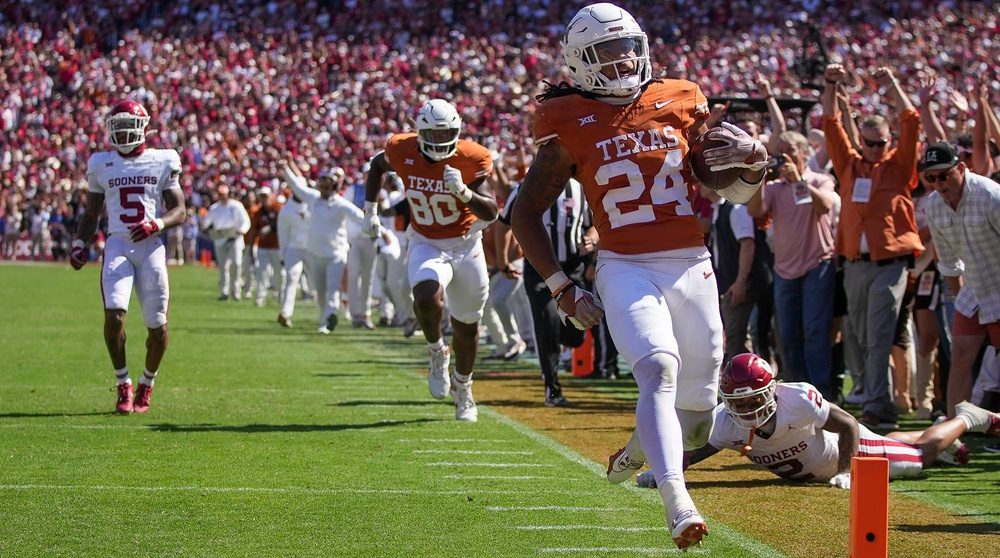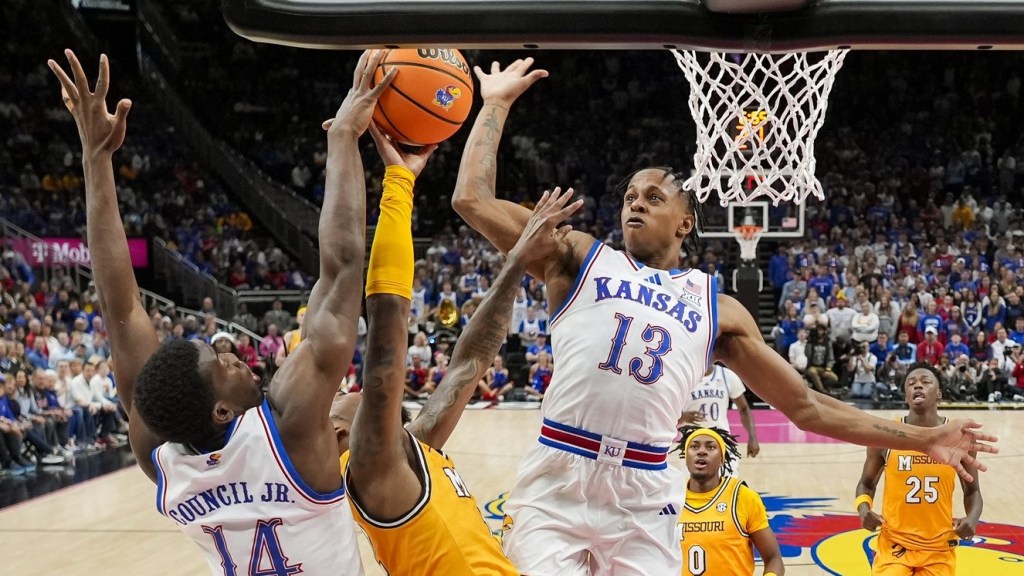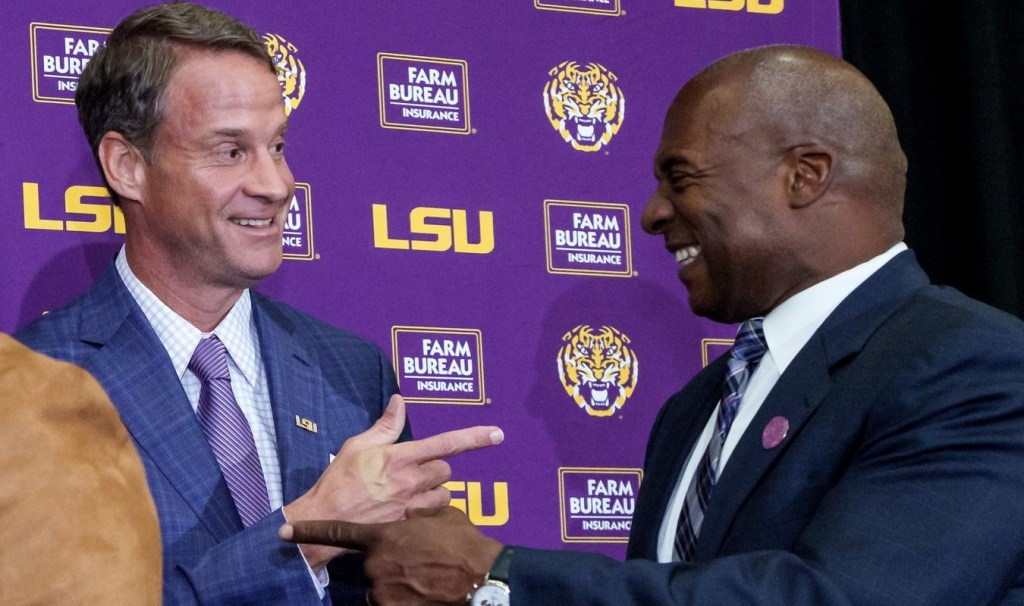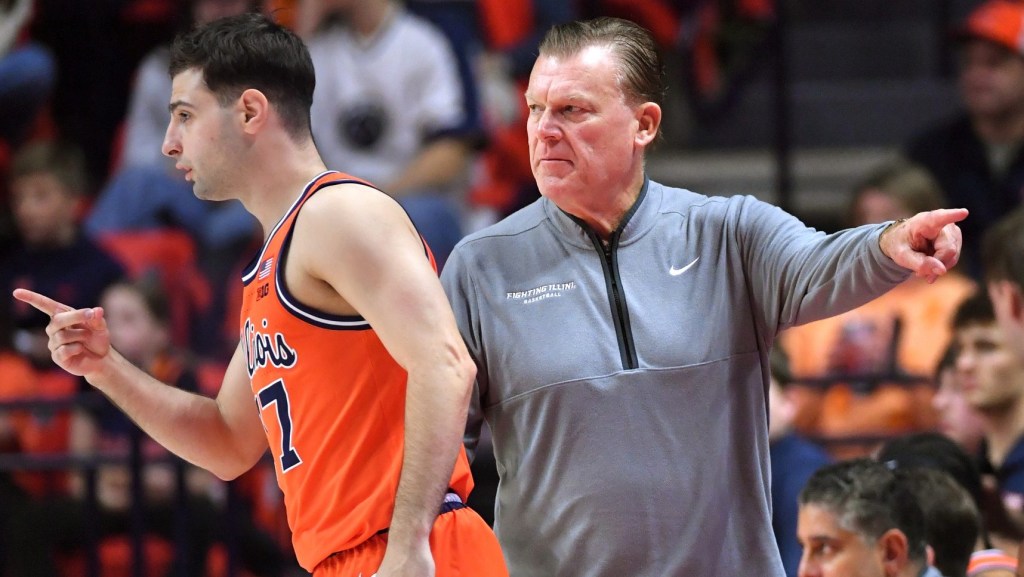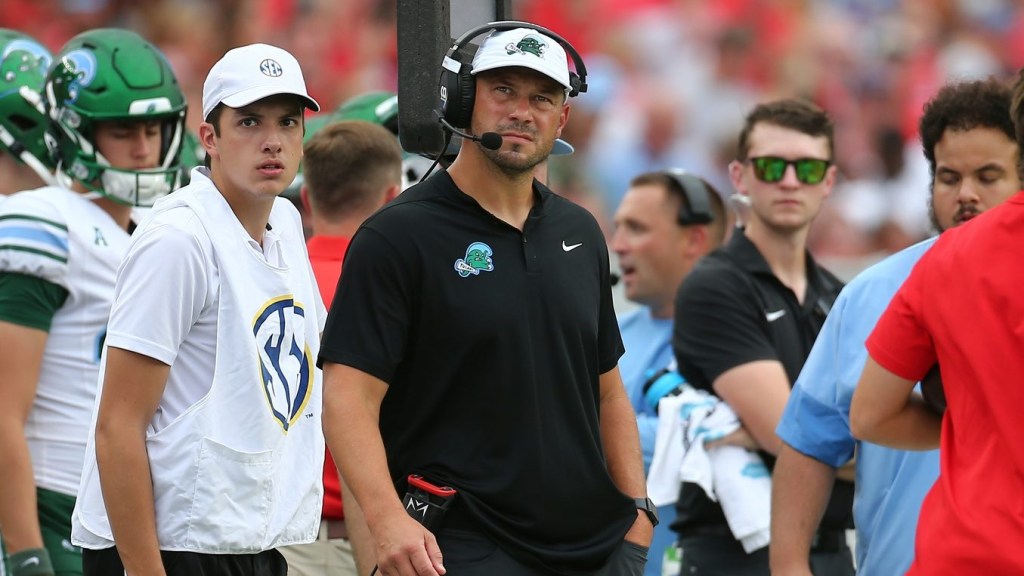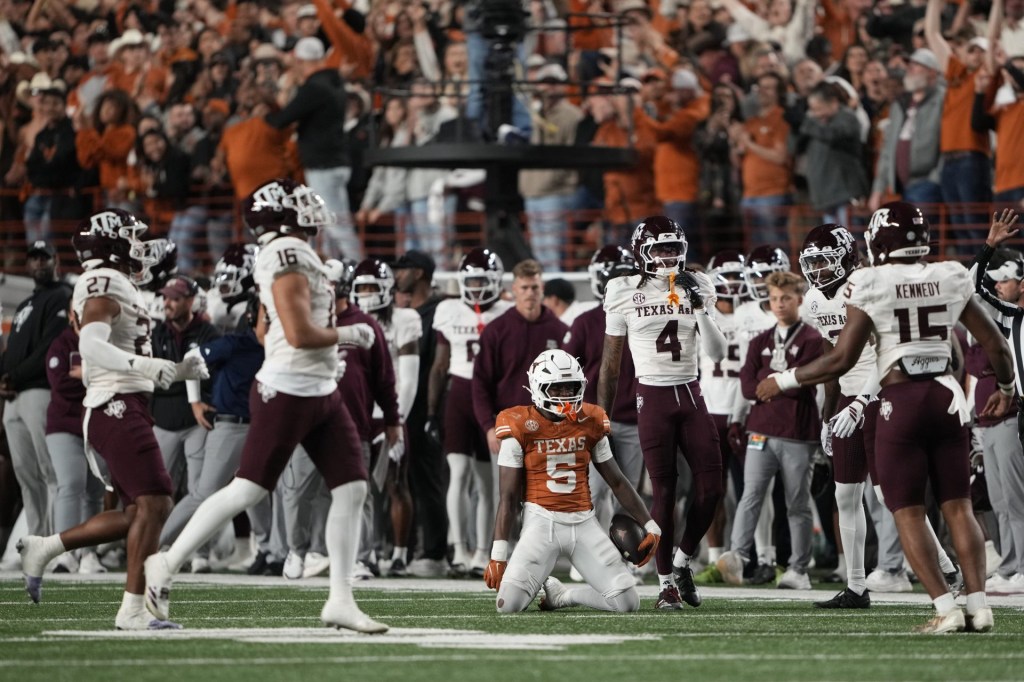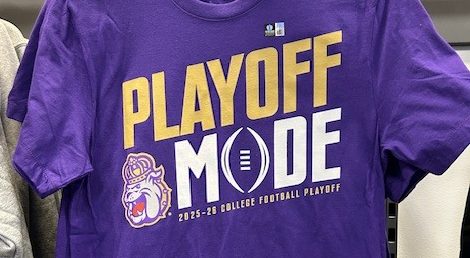College football entered this conference championship weekend in rare circumstances: with major postseason implications at every Power 5 title game.
Heading into the weekend, seven of the top eight teams in the College Football Playoff rankings were given the opportunity to make their case — and potentially seal their fate — with a win in their respective games.
But a year from now, with an influx of new money coming into the sport, things are bound to look drastically different.
Realignment is consolidating the top conferences to a Power 4 whose championship games will no doubt be impacted by the CFP’s expansion to 12 teams. Conferences are changing how they distribute money, creating a bigger divide between the haves and have-nots — and unsurprisingly, it’s all driven by increasingly lucrative media rights deals from college football’s biggest broadcasters.
Now, the question is: Will the upcoming changes put the sport in a better or worse position?
The Broadcast Shuffle
Saturday will mark the last SEC championship game broadcast on CBS Sports. Next year, Disney will start paying more than $700 million annually to be the SEC’s exclusive broadcast partner, with most of its top games headed to ABC.
But CBS will quickly be back in the spotlight, airing the 2024 Big Ten championship game as part of the conference’s new $7 billion set of deals. The conference title game will also rotate annually between Fox and NBC.
The Big 12 is sticking with its longtime partners in Fox and ESPN — with a new $2 billion-plus deal beginning in 2025 — but next fall the conference will expand its reach with four new teams.
“You’re looking to appeal across the country,” Lee Berke, the president and CEO of consultancy LHB Sports, Entertainment & Media, told Front Office Sports. “These conferences increasingly are becoming national conferences.”
That sentiment applies to the ACC, which is adding California and Stanford at a discounted price. And it applies to the Big Ten, which brings on Oregon and Washington, each of which is set to receive somewhere north of $30 million annually from Fox Sports instead of the standard (much higher) Big Ten revenue distribution.
But college football’s makeover is certainly not limited to broadcast affiliations.
More ‘Juicy Matchups’
Next year’s conference championship weekend will be unlike any other before it, thanks to two big changes.
Each of the Power 4 conferences is eliminating its divisions structure, allowing for title game matchups like Michigan-Ohio State in the Big Ten, or Alabama-Auburn in the SEC.
Earlier this fall, CBS Sports executive vice president of programming Dan Weinberg told FOS he was excited by that potential for “really sexy … and juicy matchups,” specifically in the Big Ten. But would those theoretical star-studded games actually provide the drama Weinberg is suggesting?
The new 12-team CFP format may add a new — and complicating — plot twist: Teams could have already secured postseason berths by the time they play in conference championship games. That issue has caught the attention of some conference commissioners, like the ACC’s Jim Phillips and the Big Ten’s Tony Petitti, who admitted this week that title games will need to be reevaluated.
But if conference championship games in 2024 and beyond prove to be unattractive products, eliminating them won’t be that simple — they’re influential parts of most conference’s media rights deals.
A source familiar with college sports media rights deals told FOS that this is more of a long-term problem, noting that any theoretical change would most likely come under new contracts. The Big Ten and Big 12 deals run through 2030, while the SEC and ACC have contracts through ’34 and ’36, respectively.
Neal Pilson, who served as the president of CBS Sports in the 1980s and ’90s, believes the championship game issue is not a serious problem and that the industry will work it out, especially as more CFP broadcast inventory becomes available in 2026 and beyond.
“From a television point of view, it really is a neutral equation, because if you don’t play [those championship games], we don’t pay you, but we’ll pay more for the playoffs,” Pilson, who now runs a communications firm and is a sports management lecturer at Columbia University, told FOS.
No matter what happens, broadcast partners appear to be the big winners.
Four Better Than Five?
The dissolution of the Pac-12, one of the oldest conferences, may be tough to swallow for some college sports fans — but not for media companies, particularly college football’s duopoly of ESPN and Fox.
“The reality is they both benefit from the consolidation of the conferences,” Berke said. The incoming schools from the Mountain and Pacific time zones simply provide more “content to be exploited.”
The anonymous source who spoke to FOS took that a step further, saying: “I’m not sure it’s hurt anybody that the Pac-12 disappeared.”
Plenty of obstacles lie ahead over the next 12 months. But when the 2024 conference championship weekend arrives, college football fans will get their first major glimpse into how realignment, network shuffling, and the expanded CFP will impact the future of the sport.
For now, there’s one final ride to enjoy college football as we know it.
